Chula’s Faculty of Engineering joins hands with PTT to develop a 2 in1 face mask, an innovation that protects against PM2.5 dust particles and COVID-19 virus that can be reused more than 15 times, helps reduce waste, is pollution-free, and will be available for sale soon.
Tag: Virus
Butterfly Effect Can Double Travel of Virus-Laden Droplets
In Physics of Fluids, investigators from the University of Florida and Lebanese American University carried out detailed computer simulations to test a mathematical theory they developed previously. They found nearly identical exhalations could spread in different directions when miniscule initial variations are substantially amplified by turbulence. This is the so-called butterfly effect.
Researchers discover unique ‘spider web’ mechanism that traps, kills viruses such as SARS-CoV-2 and influenza
Immunologists at McMaster University have discovered a previously unknown mechanism which acts like a spider web, trapping and killing pathogens such as influenza or SARS-CoV-2, the virus responsible for COVID-19.
Quarenta anos de HIV/AIDS
O mês de junho marca o 40º aniversário do primeiro relatório científico descrevendo a pneumocistose, que depois passou a ser conhecida como síndrome da imunodeficiência adquirida (AIDS).
Cuarenta años del VIH y del SIDA
El mes de junio marca el cuadragésimo aniversario del primer informe científico que describió la neumonía por pneumocystis, después conocida como síndrome de inmunodeficiencia adquirida (SIDA).
Trojan horses and tunneling nanotubes: Ebola virus research at Texas Biomed gets NIH funding boost
Scientists have a general idea of how viruses invade and spread in the body, but the precise mechanisms are actually not well understood, especially when it comes to Ebola virus. Olena Shtanko, Ph.D., a Staff Scientist at the Texas Biomedical Research Institute (Texas Biomed), has received more than $1 million from the National Institutes of Health (NIH) to explore different aspects of Ebola virus infection.
Chula to Accelerate Research on “Rutin” — An Herbal Extract Against COVID-19
Chula researchers have found that “rutin” extract from orange peel can kill the COVID-19 virus. They are developing it into drugs while pointing out that drug research is still necessary along with vaccine research and suggesting that Thai people should adjust their views on herbs to create added value.
New Tech Makes Detecting Airborne Ebola Virus Possible
&T’s National Biodefense Analysis and Countermeasures Center designed and conducted a study to optimize methods for collecting and measuring very small amounts of Ebola virus in the air.
6 important things to know about your COVID-19 vaccine card
Everyone who gets vaccinated for COVID-19 in the U.S. receives a vaccine card. Sarah Lynch, clinical assistant professor of pharmacy practice at Binghamton University, State University of New York, offers insight into why vaccine cards are important and why you…
Scientists Discover How the Body Fights Viruses That Try to Evade the Immune System Response
Scientists have discovered a molecular pathway that counteracts the ability of some viruses to evade the immune response. The findings raise hope in generating better immune responses to viral infections, such as COVID-19, as well as to cancer.
Rutgers Expert Available to Discuss Viral ‘Pandemics’ in Oceans
New Brunswick, N.J. (April 6, 2021) – Rutgers University–New Brunswick microbial oceanographer Kay D. Bidle is available for interviews on the persistent and profound impact of viral infections on algae in the oceans. These infections influence the Earth’s carbon cycle, which helps…
Rush Partners With Abbott to Prepare for Future Pandemics
Rush University Medical Center is the first partner in the United States in the Abbott Pandemic Defense Coalition, an effort led by Abbott to detect future pathogen outbreaks that could become pandemics.
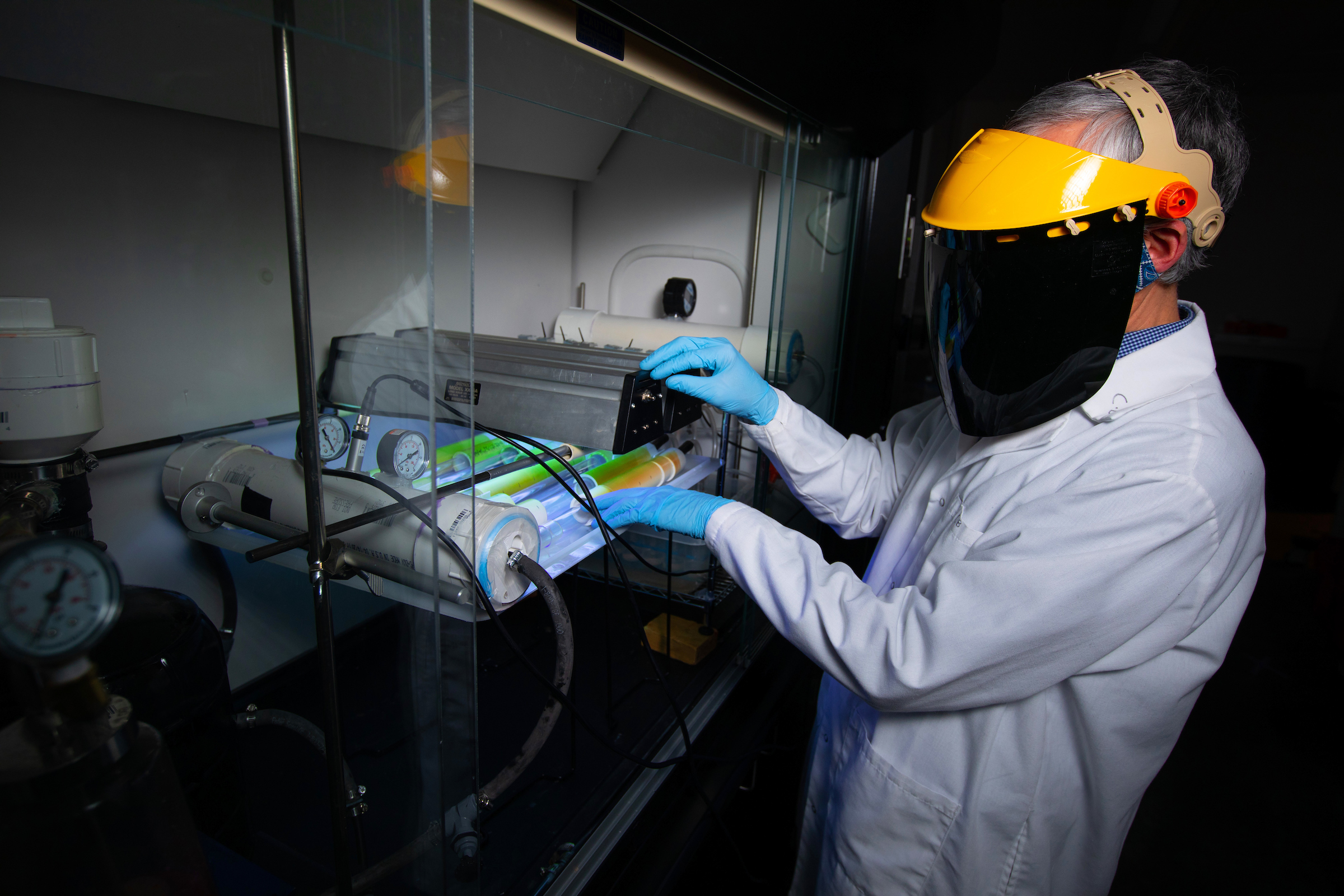
UV light shows promise in mitigation of costly swine virus
Experiments testing the ability of ultraviolet light to stop the spread of a costly virus for pork producers has shown promise, according to an ISU research team. Ultraviolet light analyzed in experiments irradiates aerosolized droplets of the virus that causes porcine reproductive and respiratory syndrome. The researchers hope to scale their experiments up to a size comparable to pork production facilities.
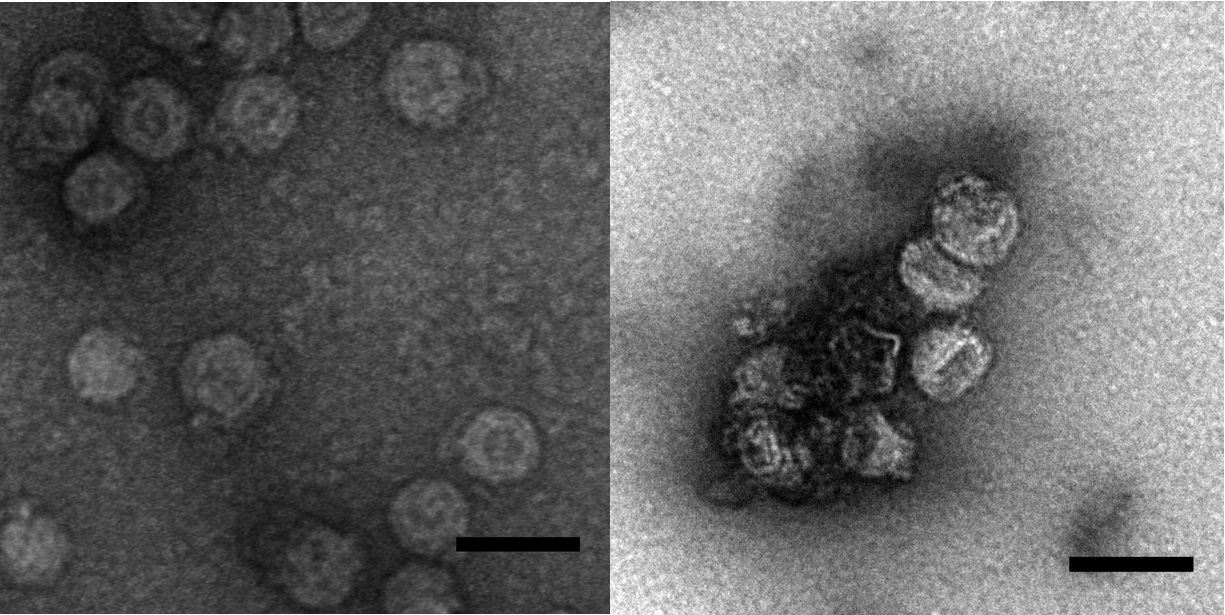
Standard water treatment technique removes and inactivates an enveloped virus
Researchers reporting in ACS’ Environmental Science & Technology have discovered that a standard water treatment technique, called iron (III) coagulation, and its electrically driven counterpart, iron (0) electrocoagulation, can efficiently remove and inactivate a model enveloped virus.
Mount Sinai Researchers Advance a Universal Influenza Virus Vaccine
A vaccine that induces immune responses to a wide spectrum of influenza virus strains and subtypes has produced strong and durable results in early-stage clinical trials in humans, Mount Sinai researchers have found.
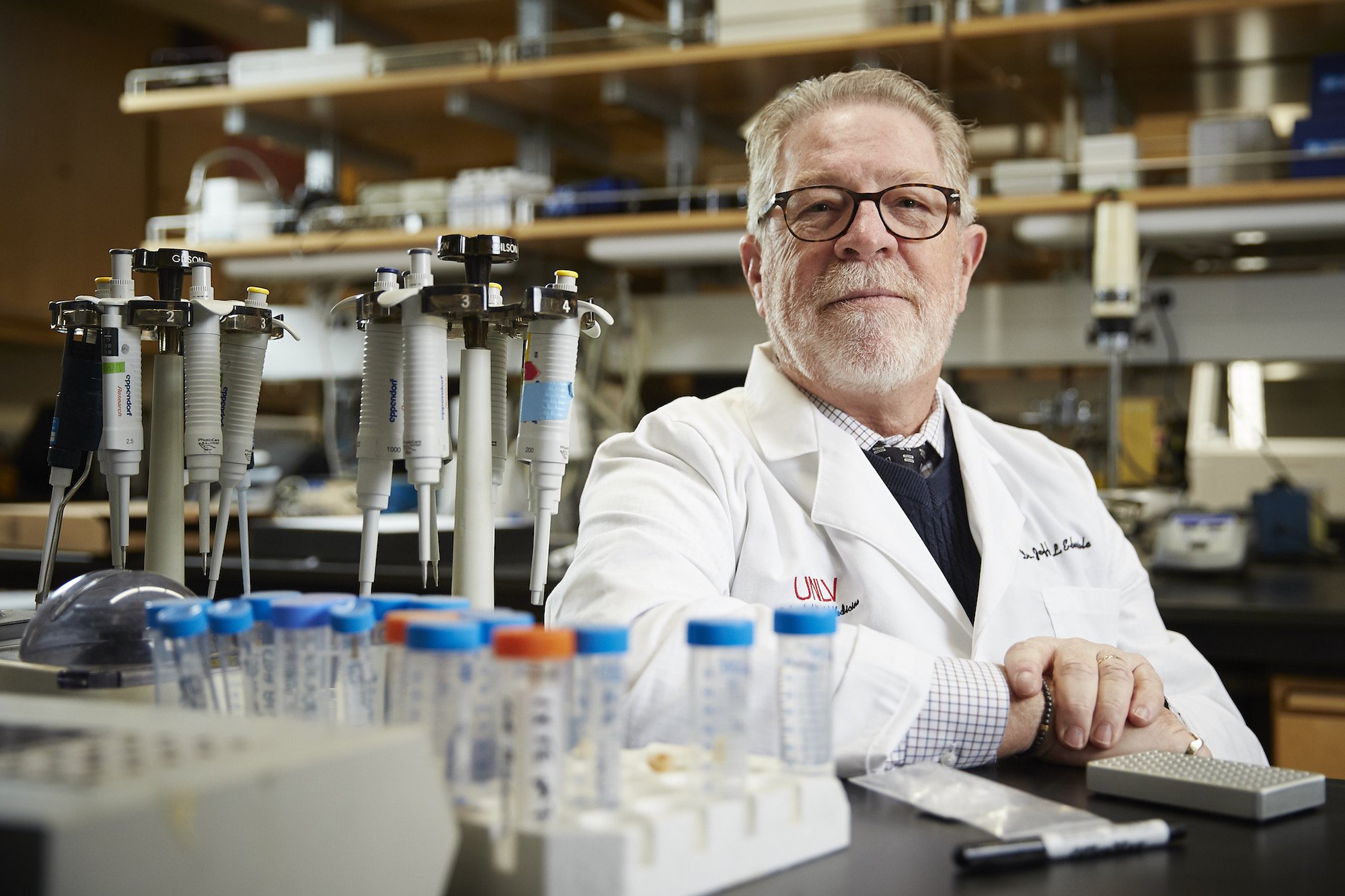
UNLV Immunologist on the Differences Between Two Leading COVID-19 Vaccine Candidates
Millions around the world have waited for news about a COVID-19 vaccine, regarding it as the beginning of the end for the global pandemic and a herald for the eventual return to “normal life.” Recent announcements from pharmaceutical companies Pfizer and Moderna that their respective late-stage vaccine trials have shown a 90% or better effectiveness rate have received international applause, excitement furthered with estimates that doses could be ready as early as December.
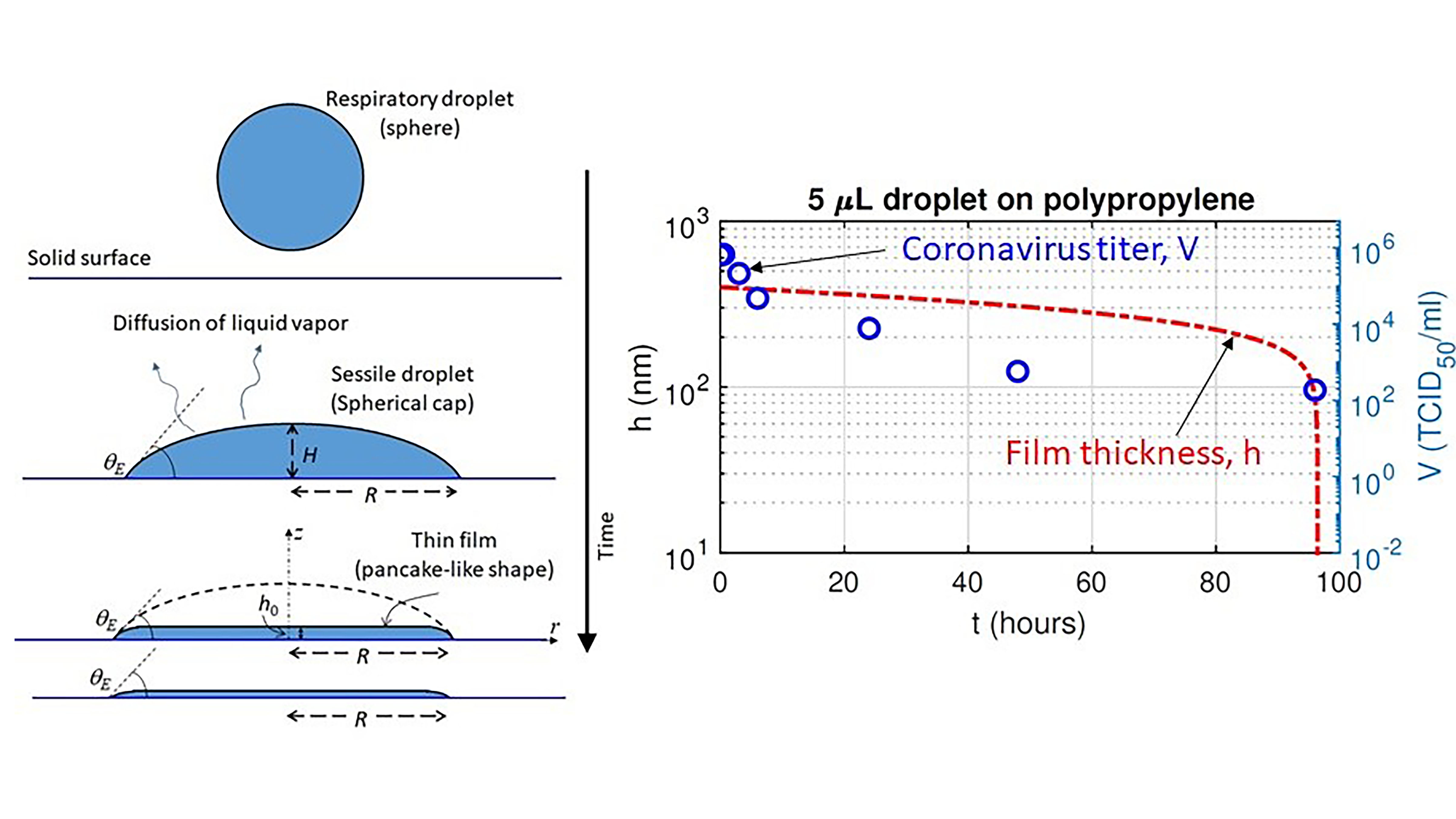
COVID-19 Virus Survives on Surfaces Within Thin Film
To find out how the COVID-19 virus survives on surfaces, researchers in India are exploring the drying times of thin liquid films that persist on surfaces after most respiratory droplets evaporate. While the drying time of typical respiratory droplets is on the order of seconds, the survival time of the COVID-19 virus was found to be on the order of hours. In Physics of Fluids, the researchers describe how a nanometers-thick liquid film clings to the surface, allowing the virus to survive.
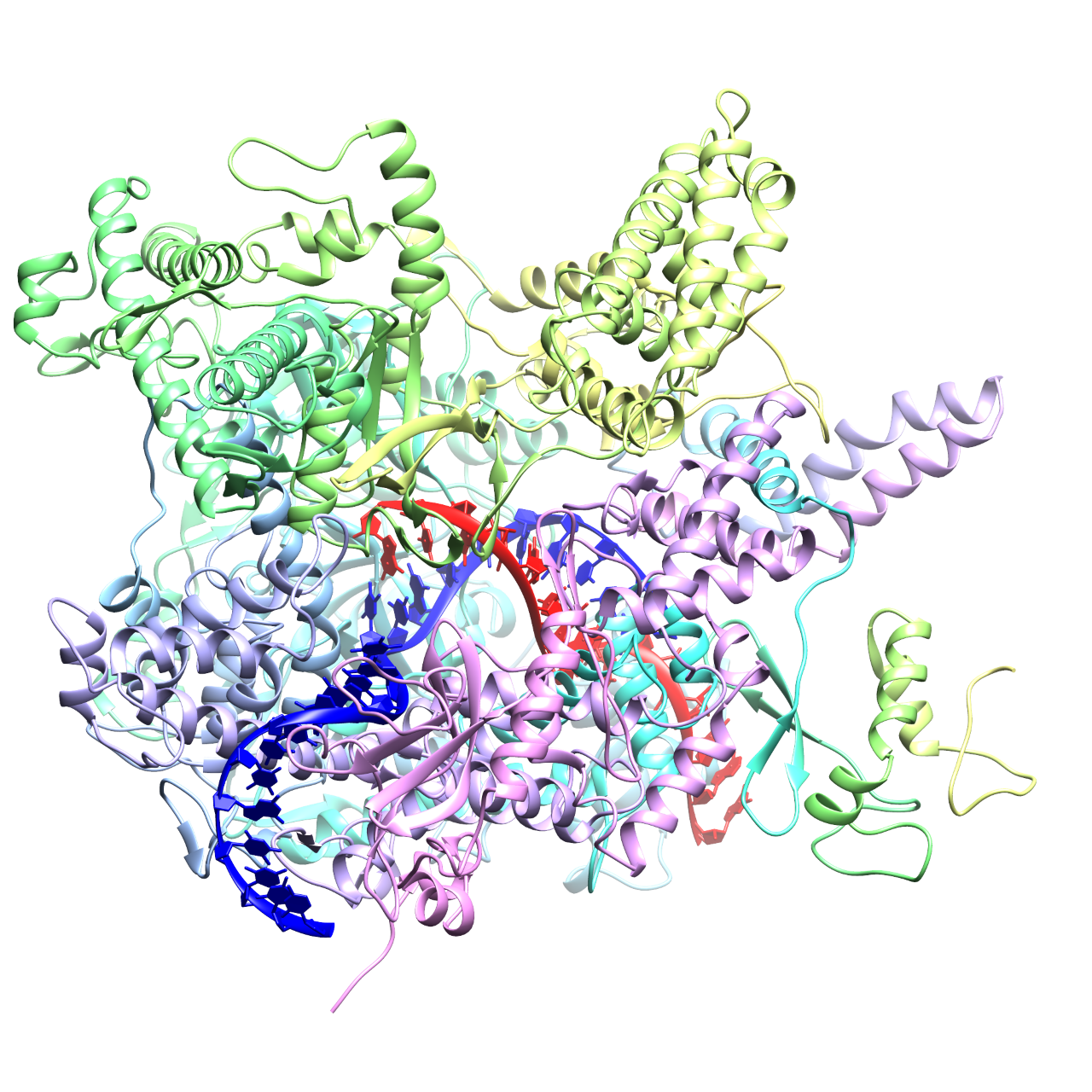
Gut Microbiome Manipulation Could Result from Virus Discovery
Scientists have discovered how a common virus in the human gut infects and takes over bacterial cells – a finding that could be used to control the composition of the gut microbiome, which is important for human health. The Rutgers co-authored research, which could aid efforts to engineer beneficial bacteria that produce medicines and fuels and clean up pollutants, is published in the journal Nature.
ANTIVIRAL DEFENSE FROM THE GUT
Study demonstrates how a subset of common gut bacteria renders mice resistant to viral infections.
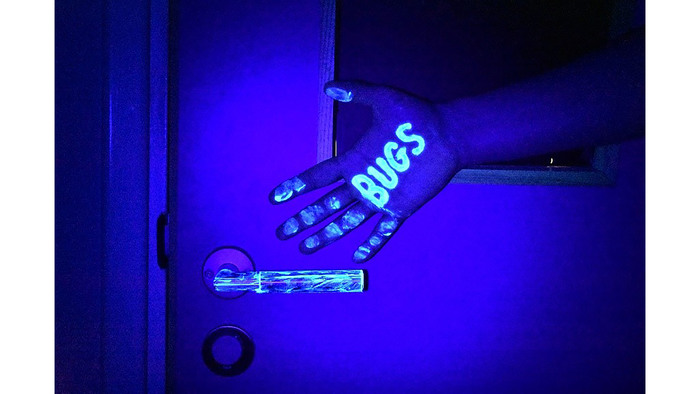
Seeking the Most Effective Polymers for Personal Protective Equipment
Personal protective equipment, like face masks and gowns, is generally made of polymers. But not much attention is typically given to the selection of polymers used beyond their physical properties. To help with the identification of materials that will bind to a virus and speed its inactivation for use in PPE, researchers have developed a high-throughput approach for analyzing the interactions between materials and viruslike particles. They report their method in the journal Biointerphases.
Pfizer, Moderna news is promising, but billions are unlike to get COVID-19 vaccine for years
In just a week, both Moderna and Pfizer have announced that they have developed effective vaccines against COVID-19 — but how long will it be before everyone has access to them? According to Nicole Hassoun, professor of philosophy at Binghamton…
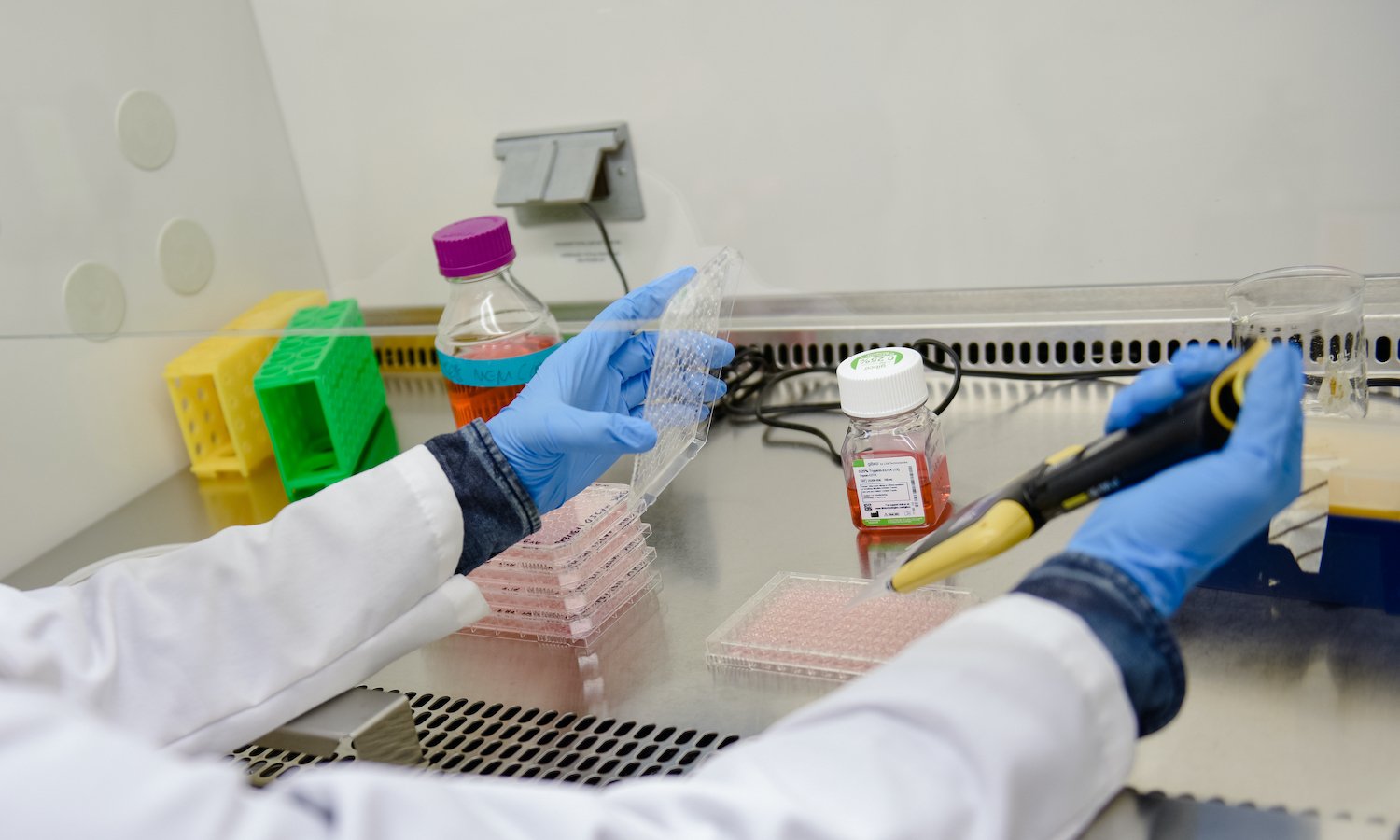
MTU, UMass researchers preserve viral vaccines without refrigeration
Half of vaccines are wasted annually because they aren’t kept cold. Michigan Tech and UMass Amherst chemical engineers have discovered a way to stabilize viruses in vaccines with proteins instead of temperature.
Study Finds 1.7 Million New Yorkers Have Been infected with SARS-Cov-2 and Virus was in NYC Earlier than Reported
The virus that causes COVID-19 was present in New York City long before the city’s first case of the disease was confirmed on March 1
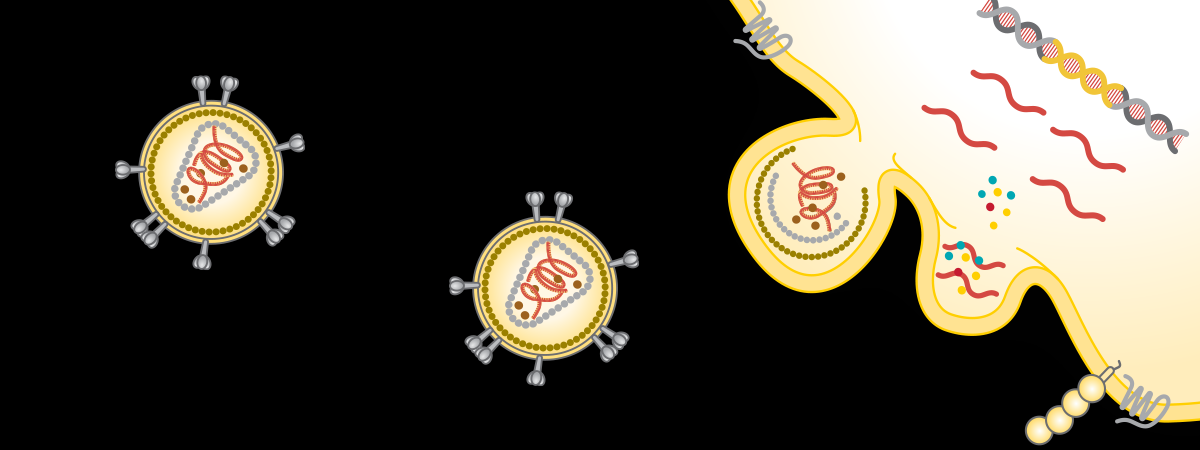
Microfluidics helps MTU engineers watch viral infection in real time
Watching a viral infection happen in real time is like a cross between a zombie horror film, paint drying, and a Bollywood epic on repeat. Over a 10-hour span, chemical engineers from Michigan Tech watched viral infections happen with precision inside a microfluidics device and can measure when the infection cycle gets interrupted by an antiviral compound.
Rutgers Expert Available to Discuss Coronavirus Risk from Surfaces, Groceries, Food, Airborne Exposures
New Brunswick, N.J. (Oct. 26, 2020) – Rutgers University–New Brunswick Professor Donald W. Schaffner is available for interviews on the likelihood of getting infected by the SARS-CoV-2 coronavirus via surfaces, groceries, eating food and airborne/aerosol transmission. “Current evidence still indicates that risk from surfaces remains…
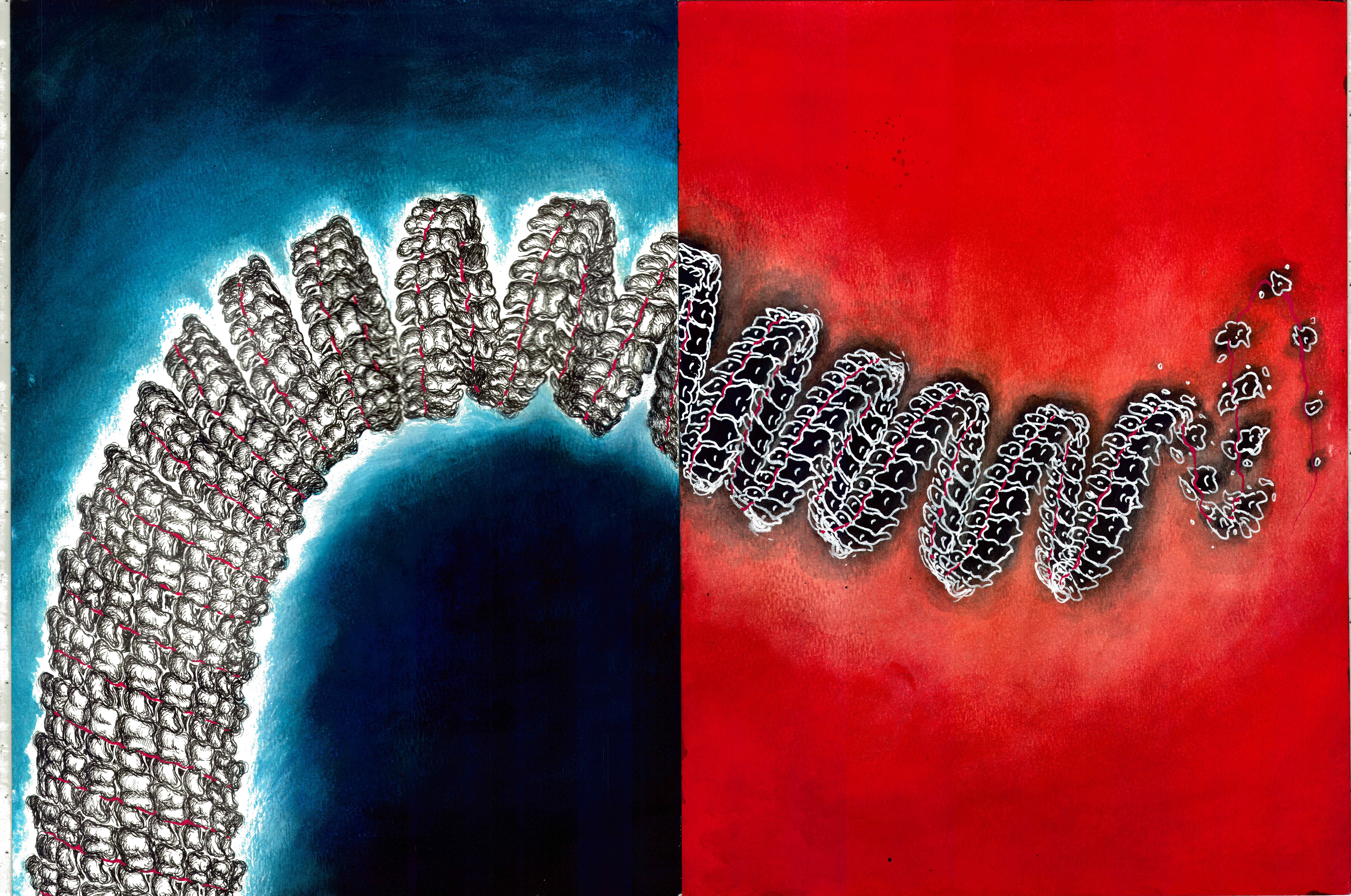
Computational Study Reveals How Ebola Nucleocapsid Stabilizes
Scientists at the University of Delaware report a computational study of a nucleocapsid found in the Ebola virus and show that the binding of the ssRNA allows the nucleocapsid to maintain its shape and structural integrity.

Jennifer Doudna Wins 2020 Nobel Prize in Chemistry
Biochemist Jennifer Doudna, a professor at UC Berkeley and faculty scientist at the Department of Energy’s Lawrence Berkeley National Laboratory (Berkeley Lab), is co-winner of the 2020 Nobel Prize in Chemistry for “the development of a method for genome editing.”
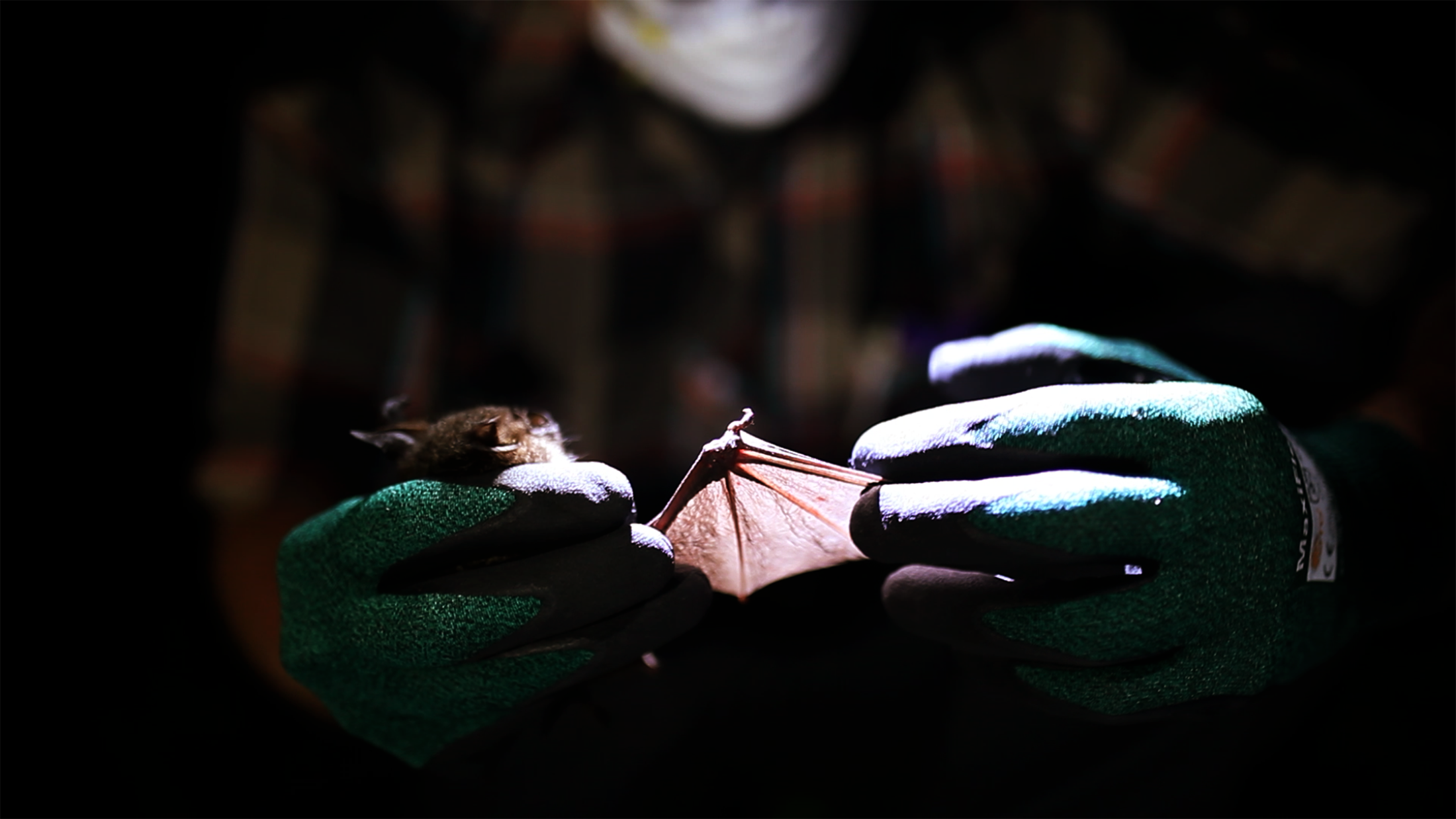
First relatives of rubella virus discovered in bats in Uganda and mice in Germany
At night in a Ugandan forest, a team of American and African scientists take oral swabs from insect-eating cyclops leaf-nosed bats. In a necropsy room near the Baltic Sea, researchers try to determine what killed a donkey, a Bennett’s tree-kangaroo and a capybara at a German zoo — all of them suffering from severe brain swelling. Neither team was aware of the other, yet they were both about to converge on a discovery that would forever link them — and help solve a long-enduring mystery.
Trump’s positive test ‘demolishes’ his COVID-19 narrative
On Friday, President Trump announced that he and First Lady Melania Trump tested positive for COVID-19. Doug Kriner, Cornell University professor of government and an expert on presidential power, says that the president’s test undermines his narrative about the virus.…
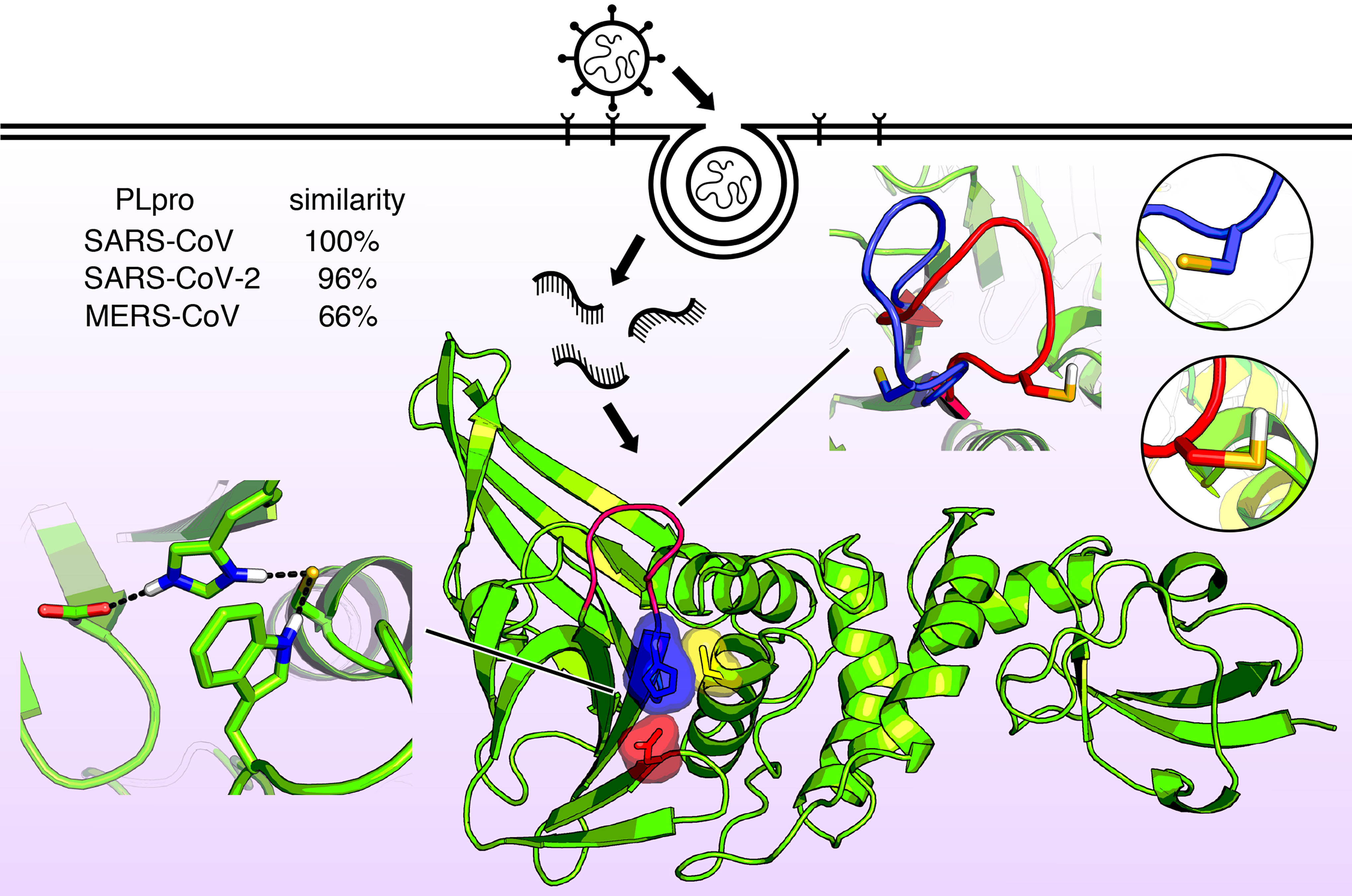
Progress Toward Antiviral Treatments for COVID-19
COVID-19 is caused by the virus SARS-CoV-2, which is structurally similar to the viruses that cause SARS-CoV and MERS-CoV. In The Journal of Chemical Physics, scientists report molecular-level investigations of these viruses, providing a possible pathway to antiviral drugs to fight the diseases. They looked at a viral protein that plays a role in the virus’s ability to replicate and in defeating the host’s immune system, making it an attractive target for potential drug treatments.
Viruses could be harder to kill after adapting to warm environments
Enteroviruses that make their way into surface waters can be inactivated by heat, sunshine and other microbes, reducing their ability to spread disease. But researchers report that global warming could cause viruses to evolve, rendering them less susceptible to these and other disinfectants, such as chlorine.
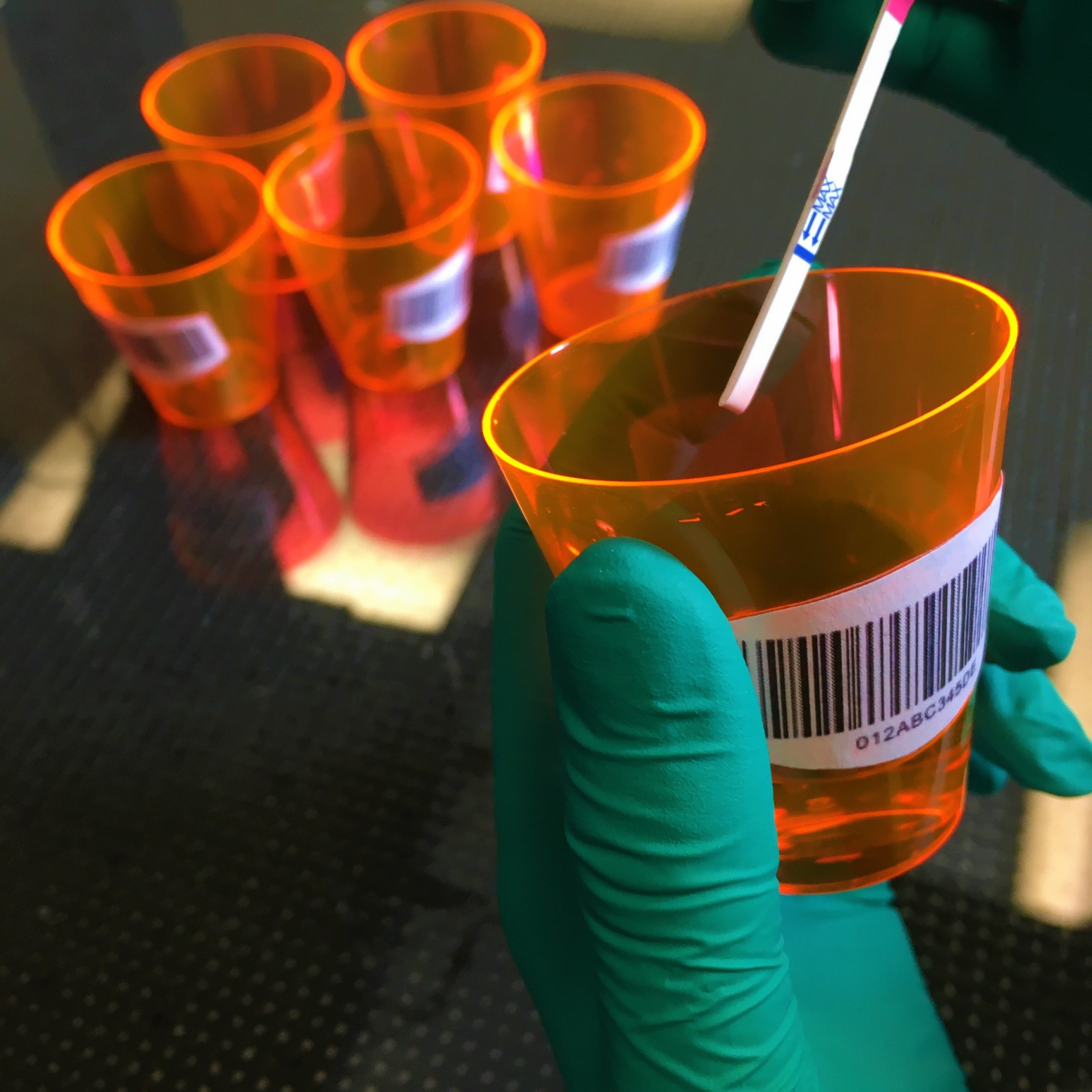
Detecting Small Amounts of Virus in Early Infections
Diagnostic devices that are used at home or in doctors’ offices are often not sensitive enough to detect small amounts of a virus that might be present in samples from asymptomatic patients, which can occur in early stage COVID-19. In Biomicrofluidics, scientists report a membrane-based invention that can concentrate the virus content of a sample of urine or saliva, allowing it to be detected.

Preclinical study of COVID-19 vaccine candidate shows potent T-cell responses
Preclinical results for a COVID-19 vaccine candidate appear to distinguish this vaccine candidate from other vaccine candidates. A single nasal dose in mice gave a potent T-cell response at the lung mucus layer, including killer CD8+ T-cells that can recognize and kill virally infected cells.
Studying viral outbreaks in single cells could reveal new ways to defeat them (video)
Many viruses mutate so quickly that identifying vaccines or treatments is like trying to hit a moving target. Now, scientists report a new technique that can detect minor changes in RNA sequences. They present their results today at the American Chemical Society Fall 2020 Virtual Meeting & Expo.
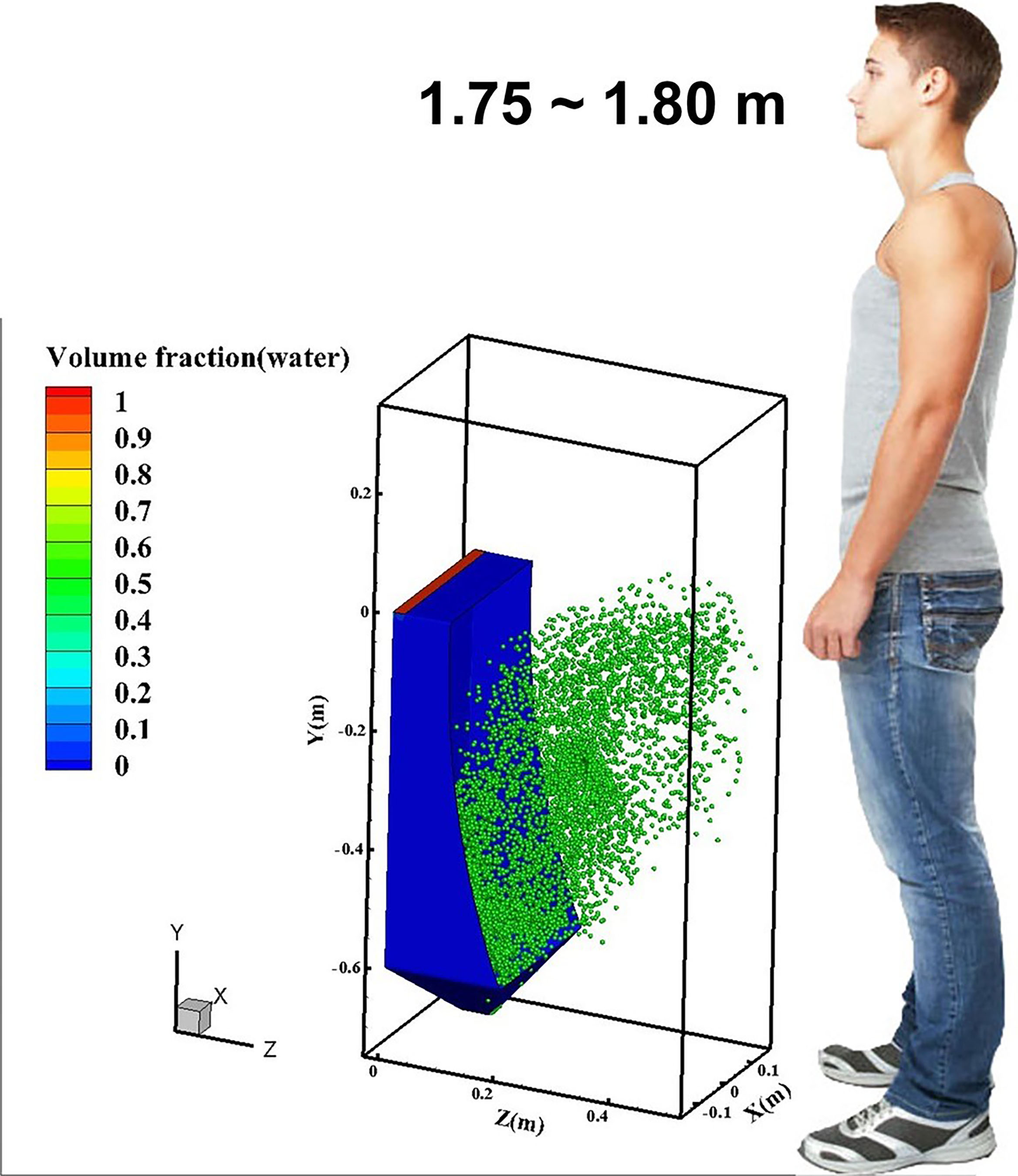
Using A Public Restroom? Mask Up!
Think you don’t need to worry about COVID-19 while using a public restroom? Researchers from Yangzhou University in China recently reported that flushing public restroom toilets can release clouds of virus-laden aerosols for you to potentially inhale. If that’s not cringeworthy enough, after running additional computer simulations, they’ve concluded that flushing urinals does likewise. In Physics of Fluids, the group shares its work simulating and tracking virus-laden particle movements when urinals are flushed.
Bouncing, Sticking, Exploding Viruses: Understanding the Surface Chemistry of SARS-CoV-2
Better understanding of the surface chemistry of the SARS-CoV-2 virus is needed to reduce transmission and accelerate vaccine design.
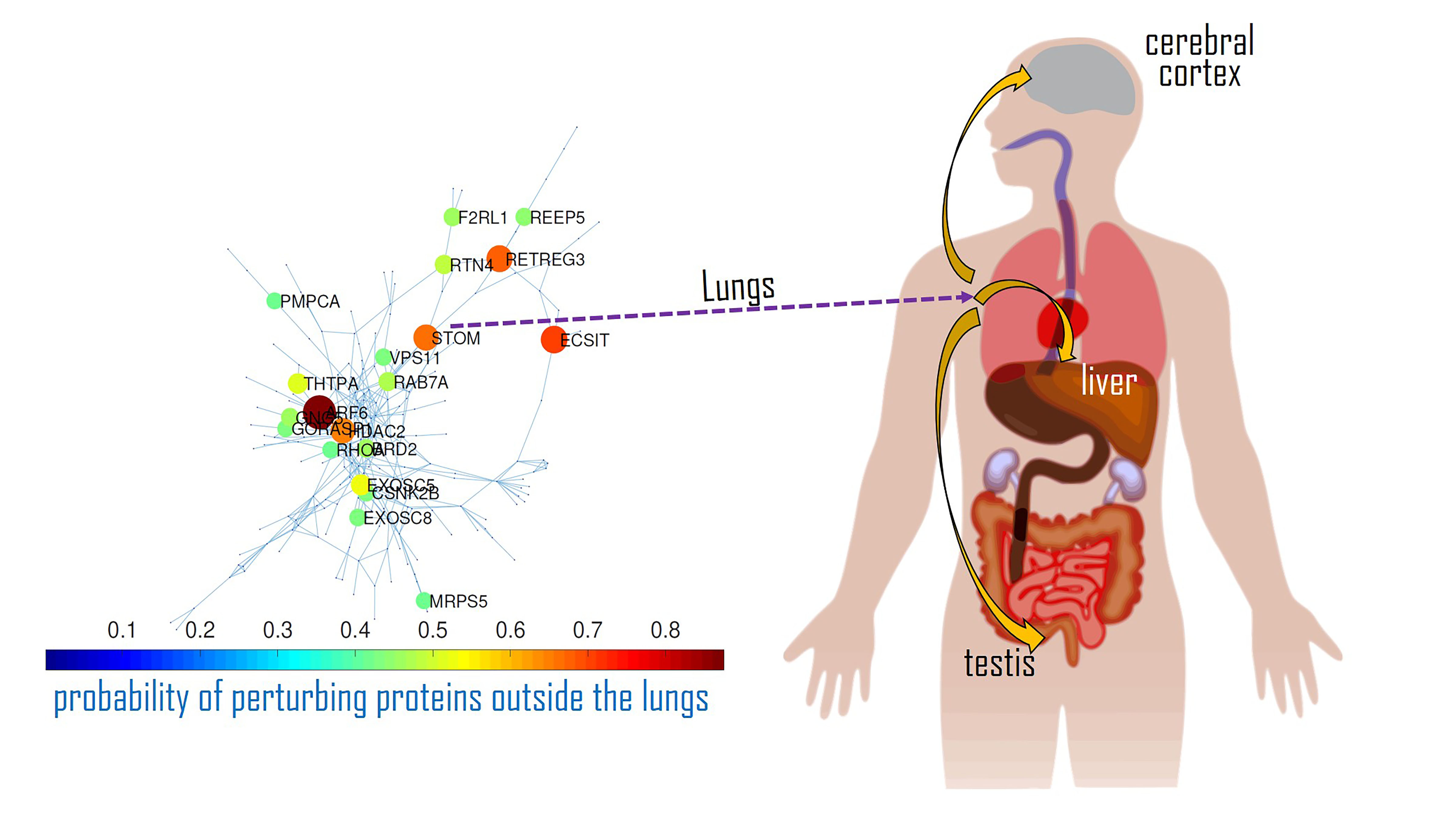
Why Does COVID-19 Impact Only Some Organs, Not Others?
In severe cases of COVID-19, damage can spread beyond the lungs and into other organs, such as the heart, liver, kidney and parts of the neurological system. Beyond these specific sets of organs, however, the virus seems to lack impact. Ernesto Estrada aimed to uncover an explanation as to how it is possible for these damages to propagate selectively rather than affecting the entire body. He discusses his findings in the journal Chaos.
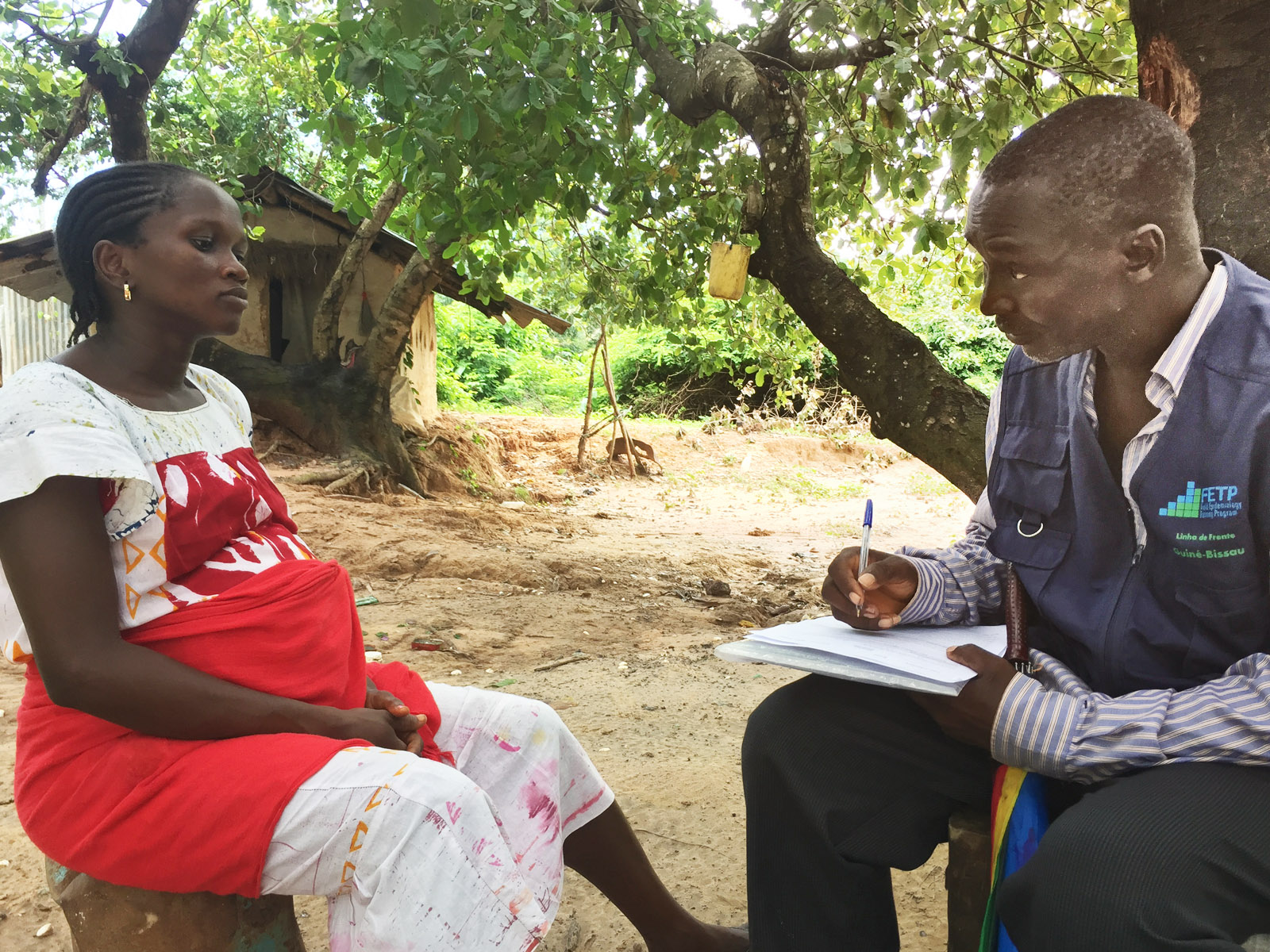
Fat-Based Molecules are Key to Zika Virus Infection
Researchers from PNNL have helped colleagues at OHSU identify lipid molecules required for Zika infection in human cells. The specific lipids involved could also be a clue to why the virus primarily infects brain tissue.
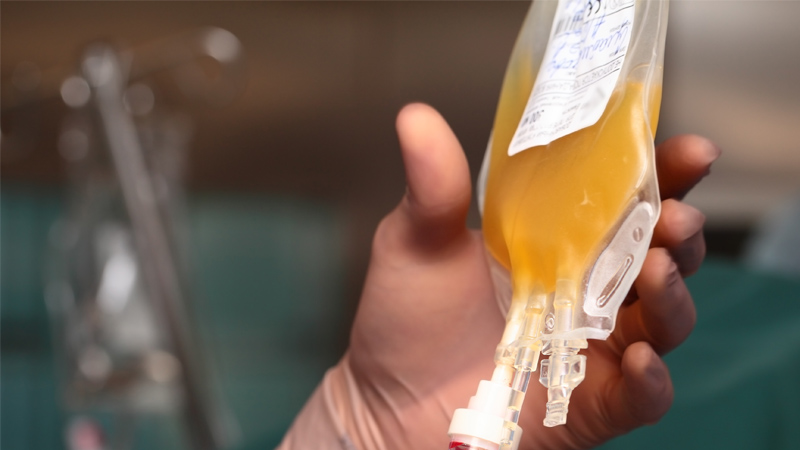
Johns Hopkins Receives $35 Million in Funding from Department of Defense for Covid-19 Blood Plasma Trials
Johns Hopkins researchers have received $35 million in funding from the U.S. Department of Defense (DOD) Joint Program Executive Office for Chemical, Biological, Radiological and Nuclear Defense (JPEO-CBRND), on behalf of the Defense Health Agency, for two nationwide clinical trials to test the effectiveness of a convalescent blood plasma outpatient treatment. The treatment is a transfusion of a blood product from COVID-19 survivors that contains antibodies that may help the patient’s immune system fight the virus.
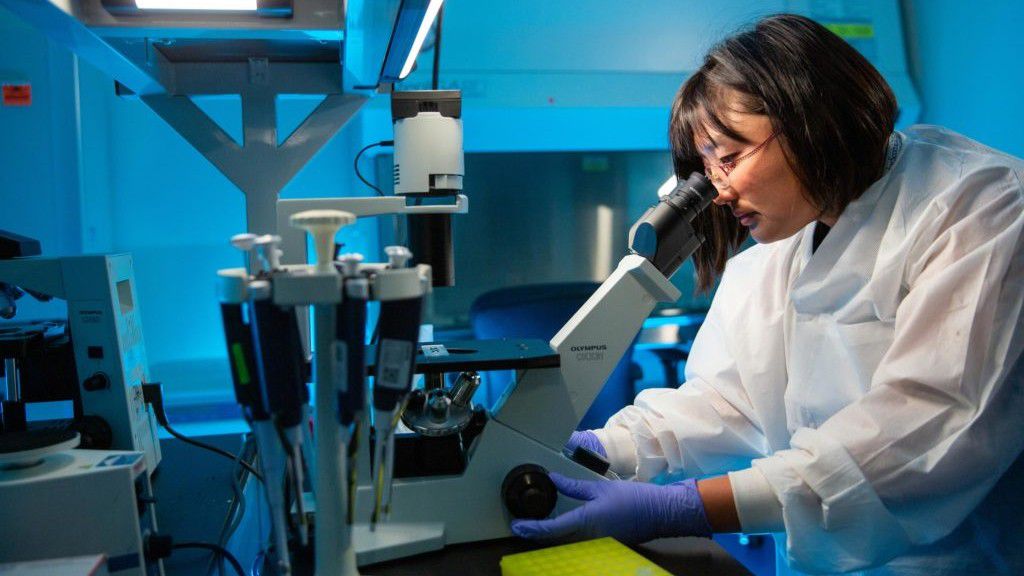
Baylor Scott & White Research Institute Expands Efforts in the Fight Against COVID-19
As the global response to the SARS-COV-2 virus that causes COVID-19 approaches 200 days, Baylor Scott & White Research Institute, the research and development arm of Baylor Scott & White Health, is accelerating its pace of bringing clinical trials online.
Baylor Scott & White Research Institute continues to mobilize staff and resources, including components needed to integrate critical patient-safety measures at every participating site within the Baylor Scott & White system for industry sponsored drug trials, investigator-initiated drug trials and research studies, and observational and data studies designed to help increase knowledge around case trends, viral epidemiology, and care best practices.
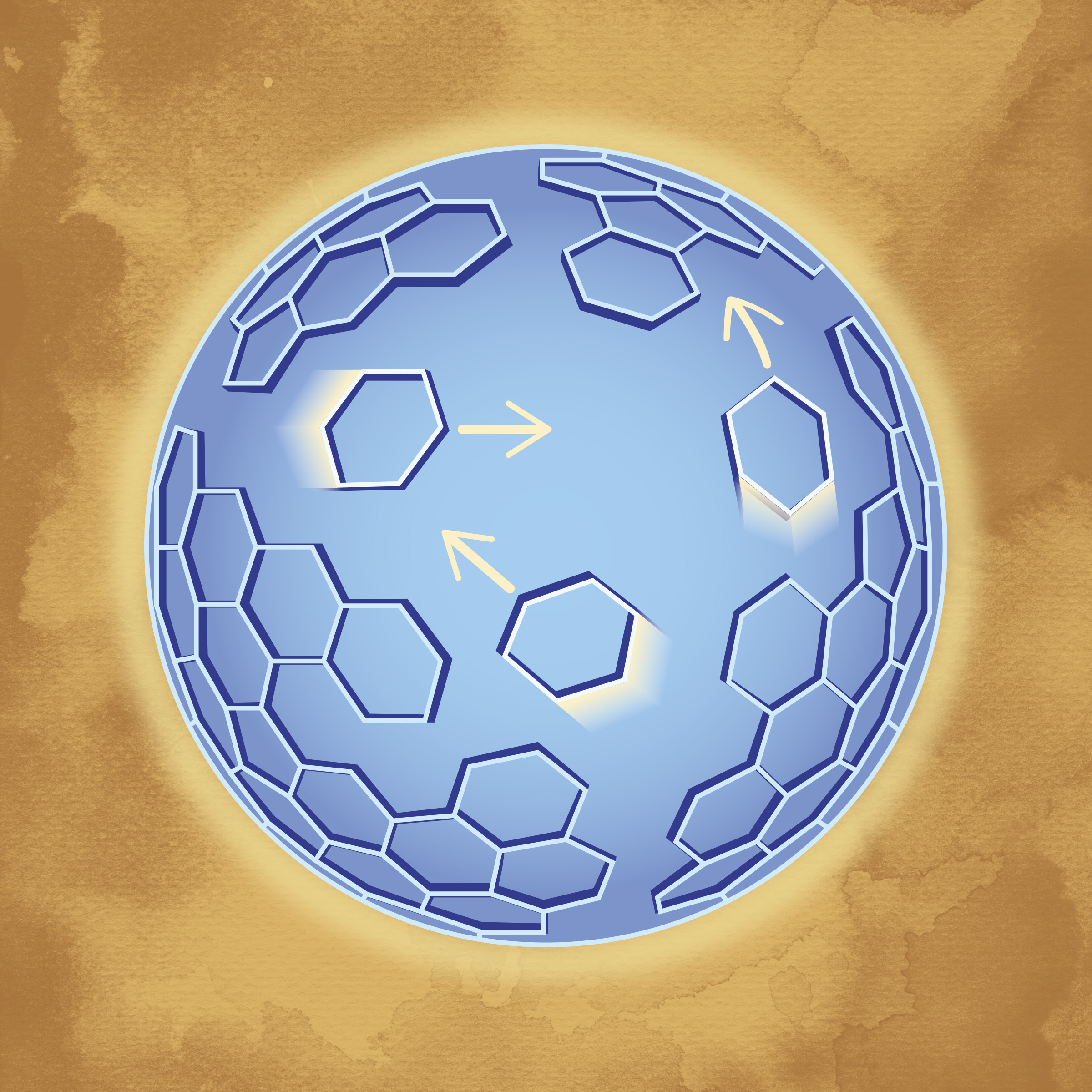
Pioneering method reveals dynamic structure in HIV
The method reveals that the lattice, which forms the major structural component of the human immunodeficiency virus (HIV), is dynamic. The discovery of a diffusing lattice made from Gag and GagPol proteins, long considered to be completely static, opens up potential new therapies. The method can be applied to biomedical structure.
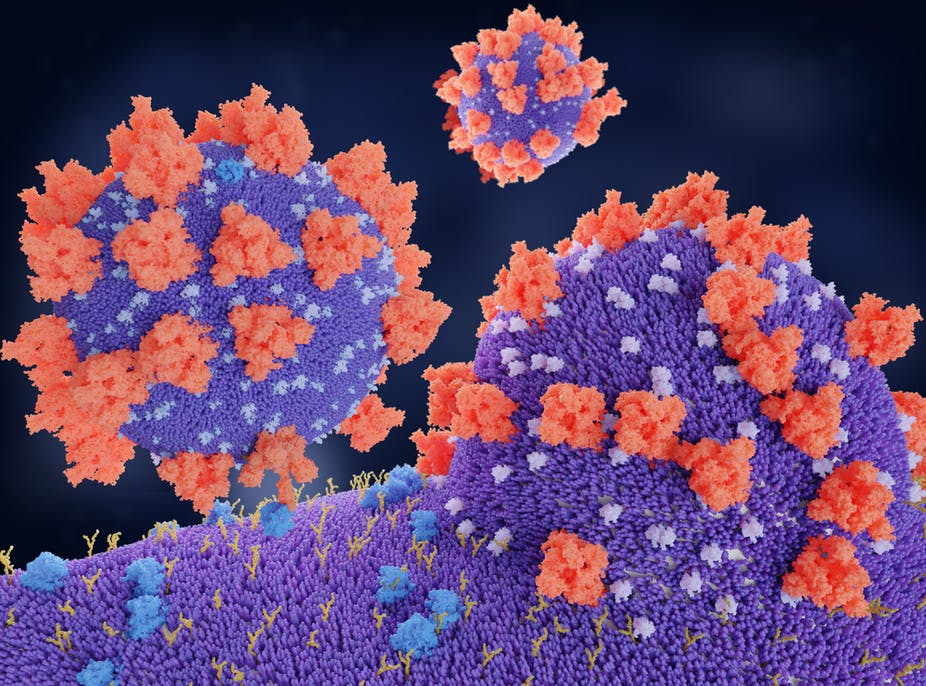
Different approach needed to ‘buy time’ and tackle COVID-19
A prominent Australian pharmacologist has called for a new approach to treating COVID-19 as hopes fade of finding an effective vaccine or antiviral before the end of the year.
COVID-19 pandemic could be learning opportunity for middle-grade students
Educators could use the COVID-19 outbreak to help middle-schoolers better understand the world, according to new research from faculty at Binghamton University, State University of New York.
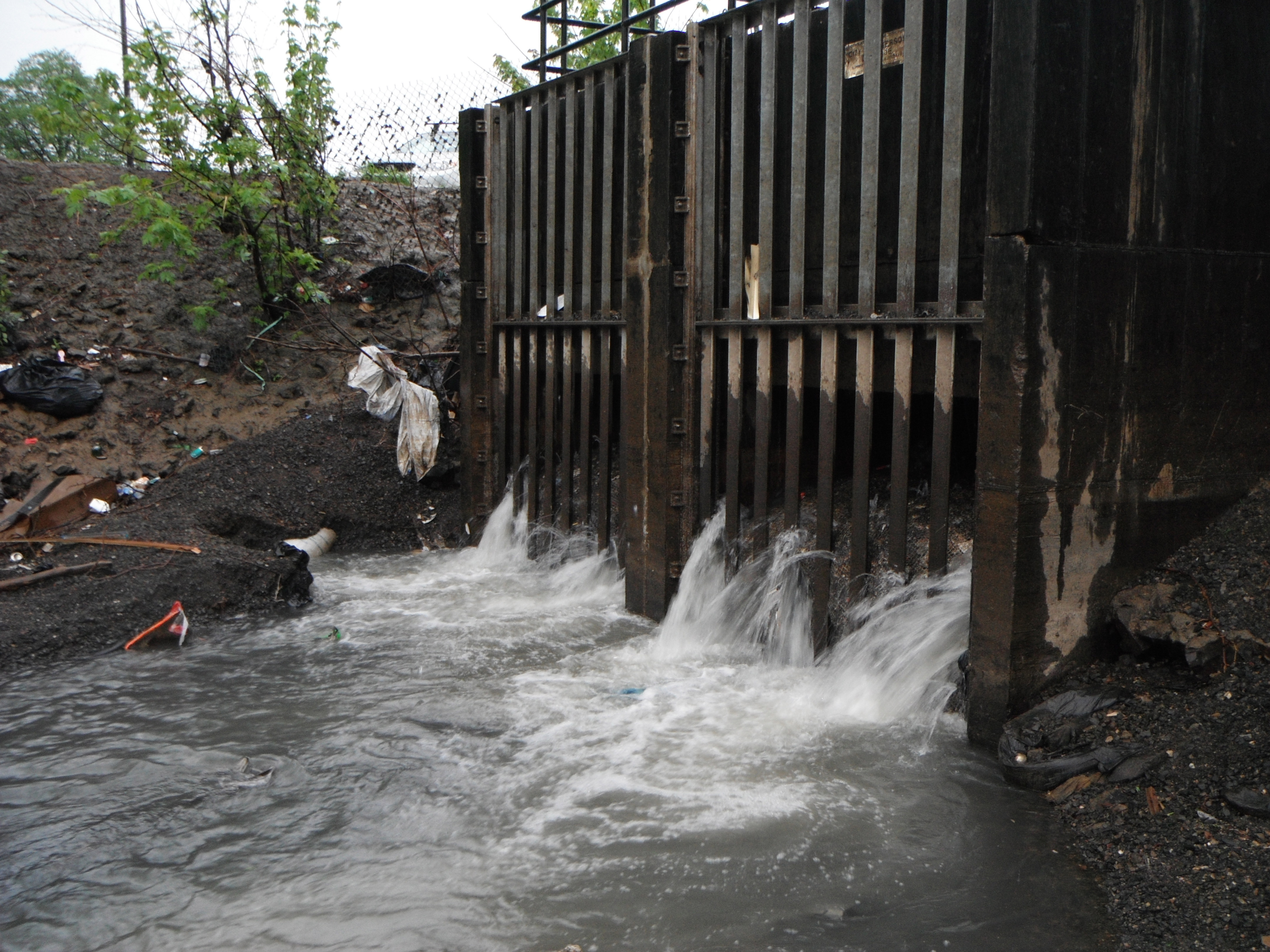
Harmful Microbes Found on Sewer Pipe Walls
Can antibiotic-resistant bacteria escape from sewers into waterways and cause a disease outbreak? A new Rutgers study, published in the journal Environmental Science: Water Research & Technology, examined the microbe-laden “biofilms” that cling to sewer walls, and even built a simulated sewer to study the germs that survive within.
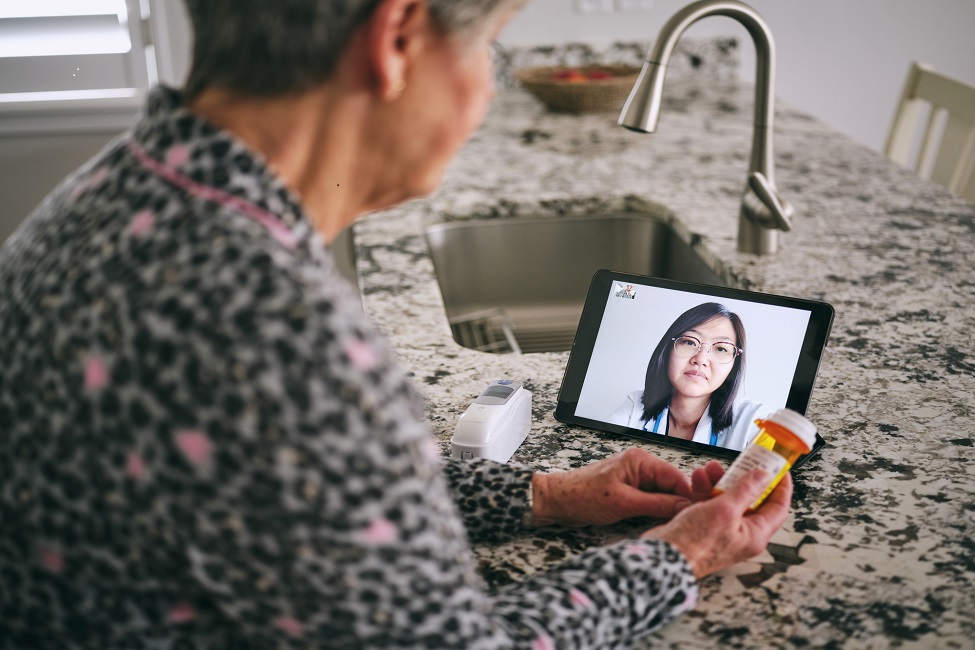
Research Shows Telehealth is an Important Tool For Rural Hospitals in Treating COVID-19 Patients
A study of 3,268 hospitals in the U.S. shows that rural hospitals are more likely than urban facilities to have access to telehealth, a once-underused service that now is playing a key role in treating coronavirus patients. The research can help U.S. hospitals understand the extent to which they are prepared for another wave of the pandemic.
Researchers use machine learning to build COVID-19 predictions
Researchers at Binghamton University, State University of New York are using machine learning to track the coronavirus and predict where it might surge next.
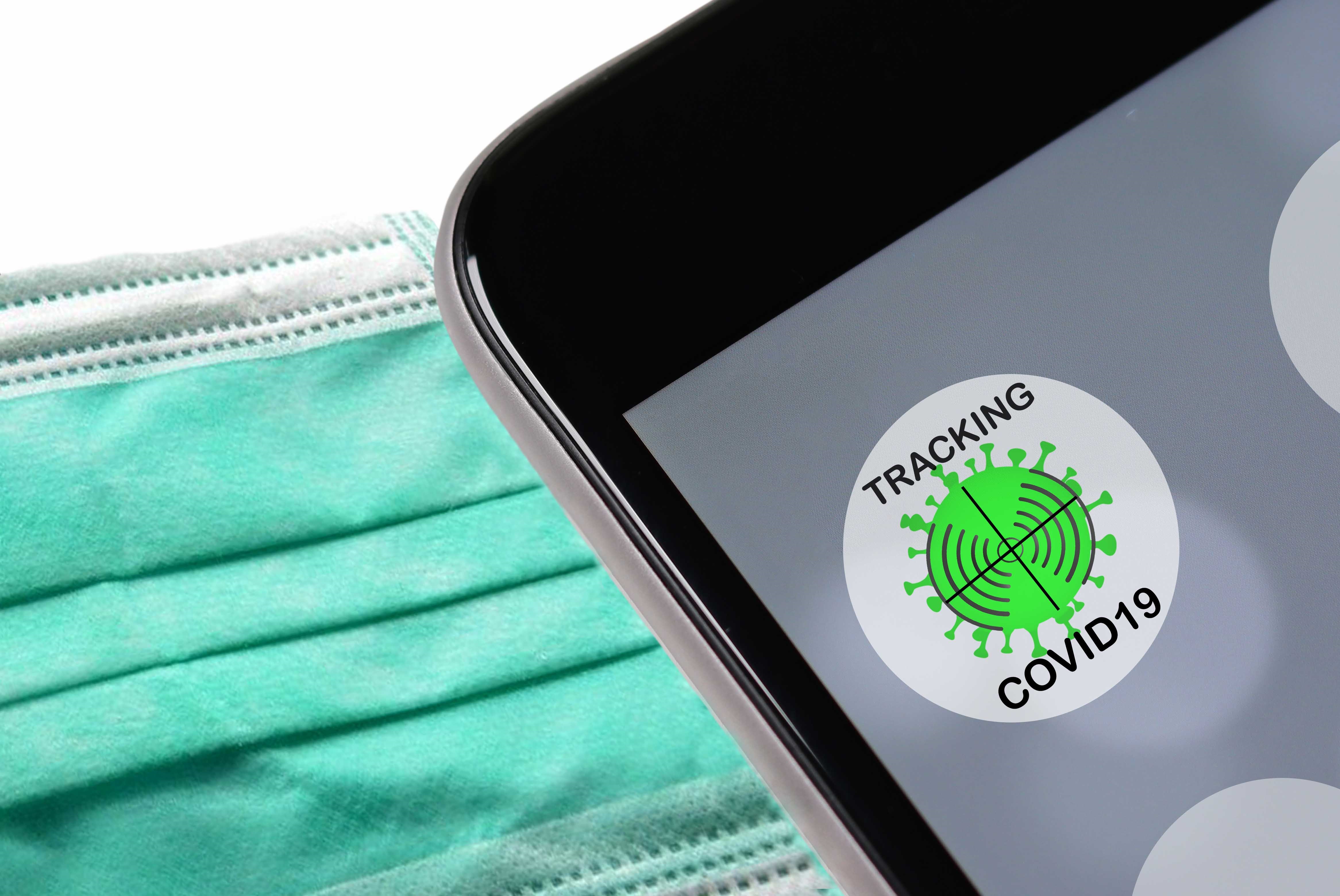
FAU Now Offers COVID-19 Contact Tracing and Risk-Reduction Public Health Certificate
In response to the high demand for one of the fastest-growing jobs in the U.S., FAU has launched a new, online public health certificate course on COVID-19, contact tracing and risk-reduction. The five-week, 15-hour course does not require a college degree and is scheduled from June 29 to Aug. 7. The program is open to the general public for adults age 18 and older with a high school diploma or equivalent and a variety of work experiences and educational backgrounds.
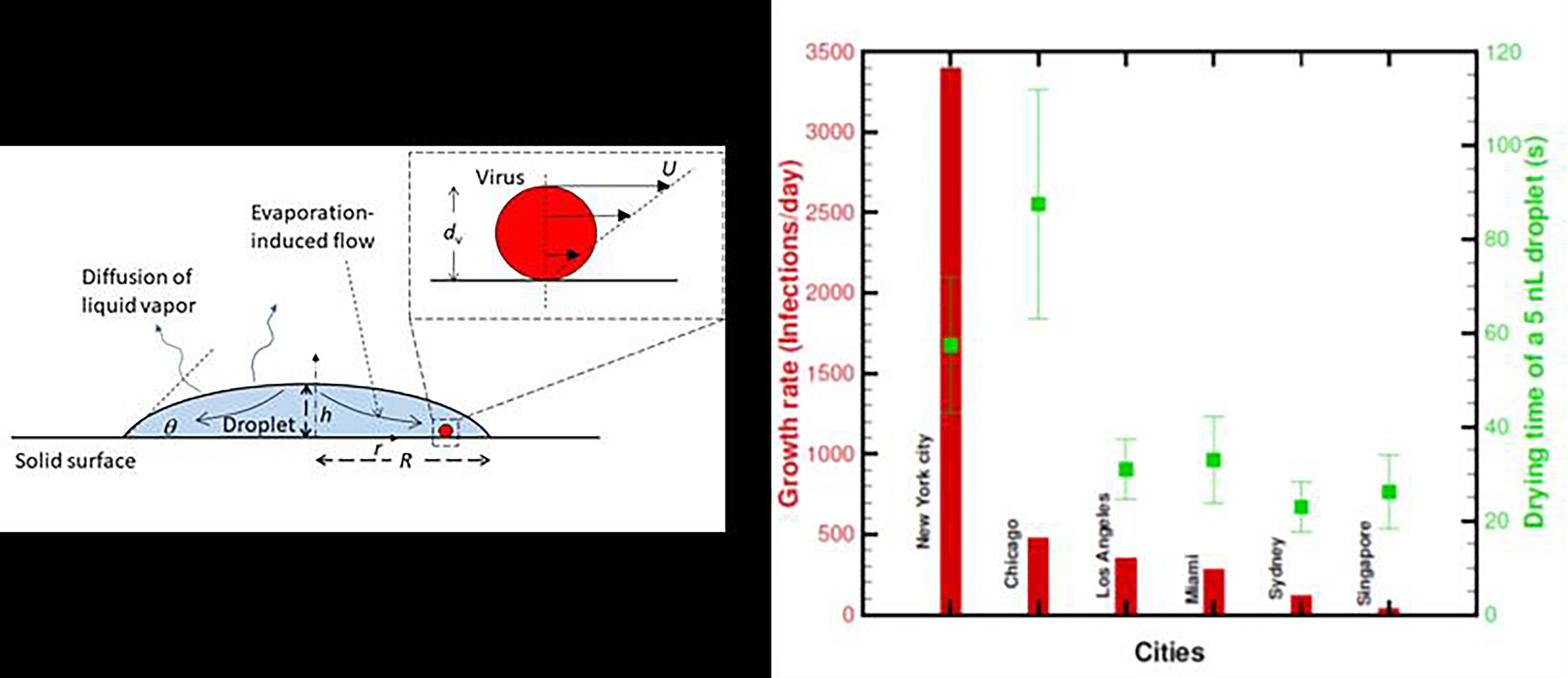
Survival of Coronavirus in Different Cities, on Different Surfaces
One of the many questions researchers have about the COVID-19 virus is how long it remains alive after someone infected coughs or sneezes. In Physics of Fluids, researchers examine the drying time of respiratory droplets from COVID-19-infected subjects on various surfaces in six cities around the world. Using a model well established in the field of interface science, the drying time calculations showed ambient temperature, type of surface and relative humidity play critical roles.
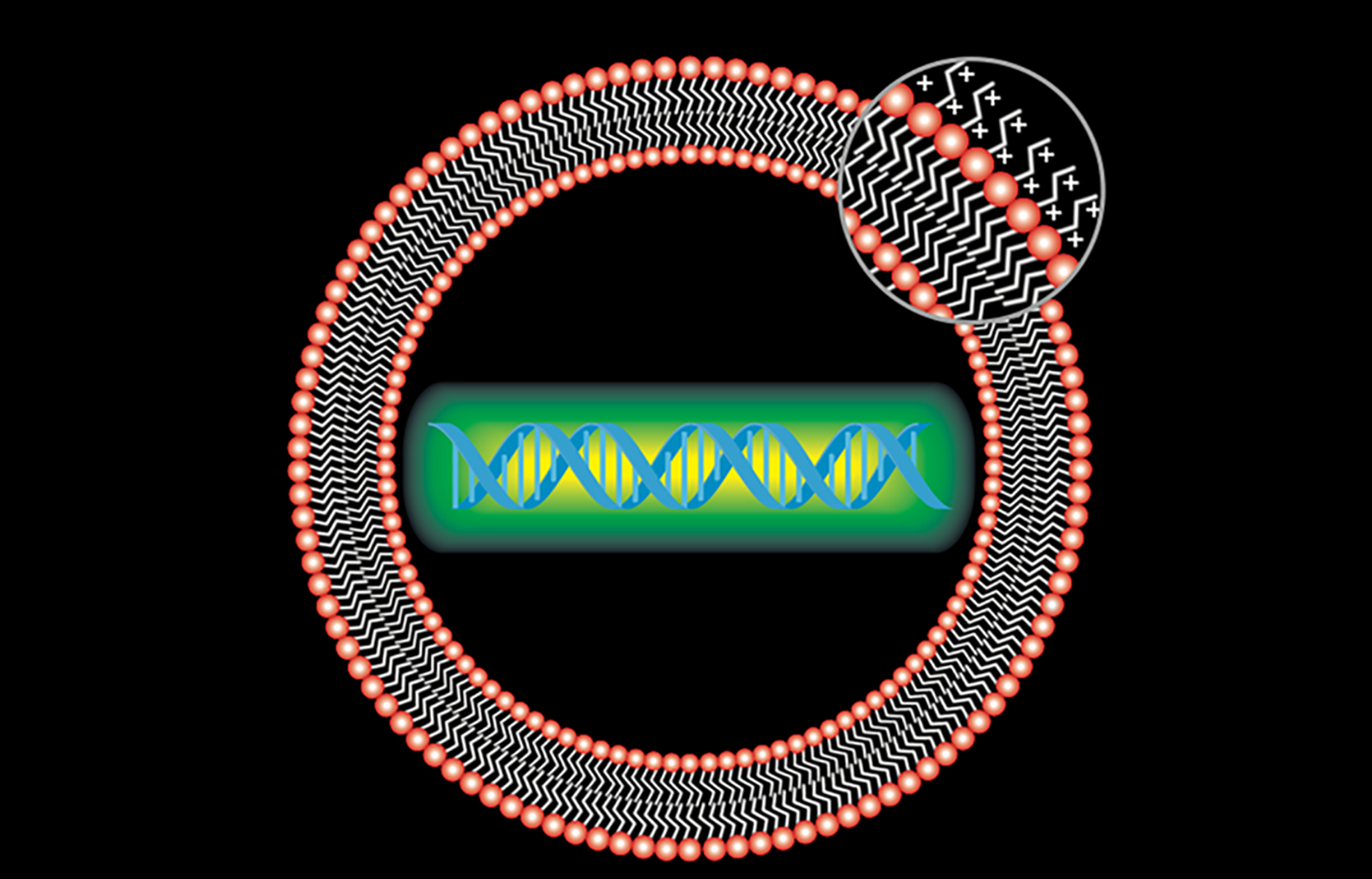
Scientists Aim Gene-Targeting Breakthrough Against COVID-19
Scientists at Berkeley Lab and Stanford have joined forces to aim a gene-targeting, antiviral agent called PAC-MAN against COVID-19.
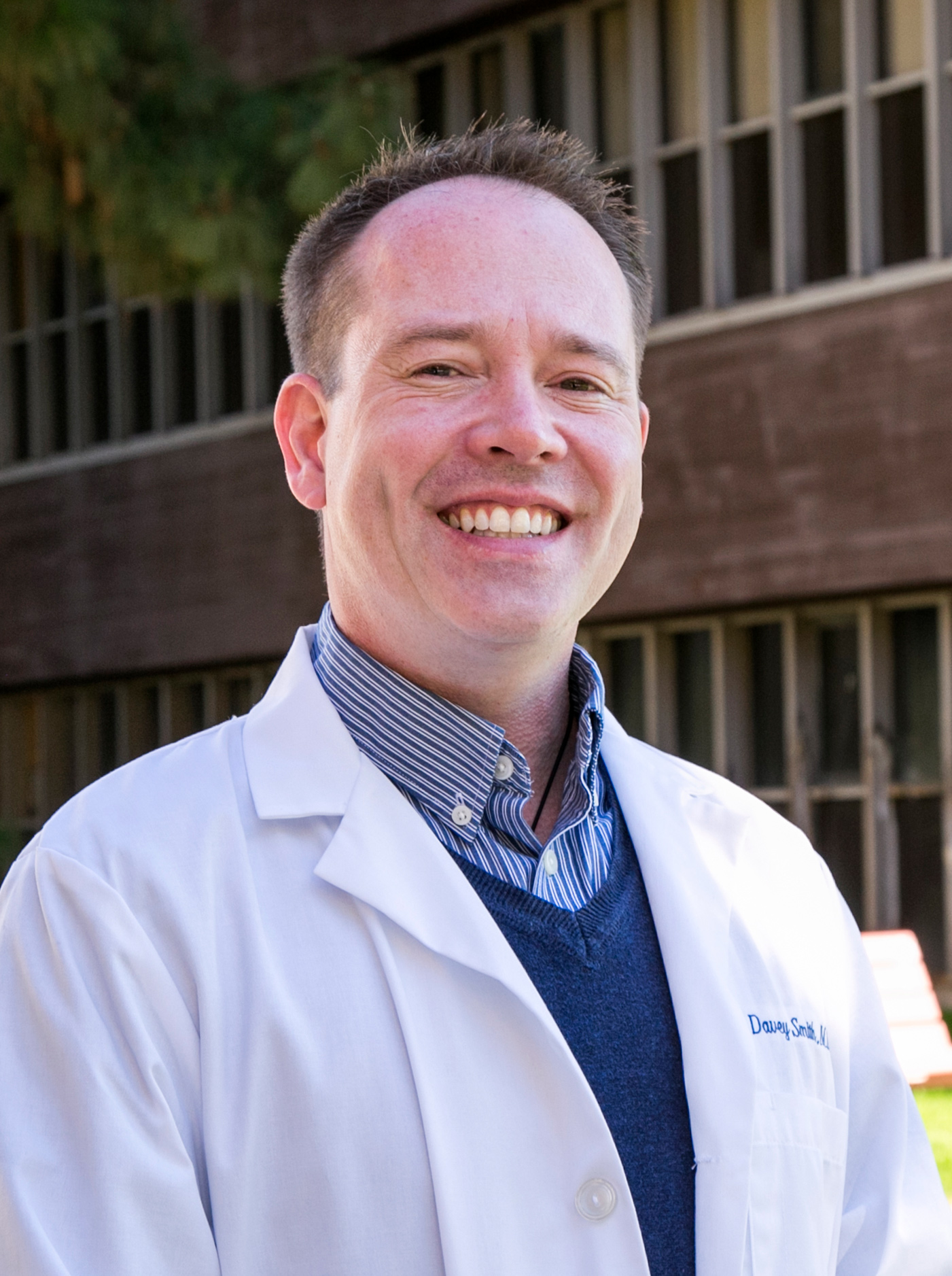
$1M Gift Speeds COVID-19 Testing and Tracking at UC San Diego
A $1M gift from the John and Mary Tu Foundation is accelerating the efforts of UC San Diego translational research virologist Davey Smith to increase the number of people tested for COVID-19, as well as develop new ways to track and treat the virus. Smith and his team are studying how the disease spreads to better inform contact tracing, as well as leading clinical trials to test new drugs for treatment of COVID-19.